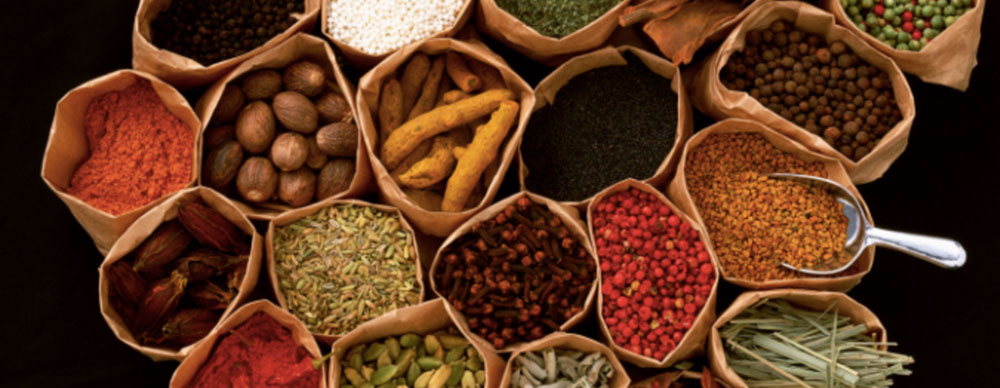
Chinese Herbs
Many individuals and professionals question the legitimacy and safety of Chinese herbal medicine but few know the extent of their existence and use. Written records on the properties and uses of Chinese herbs are over 3,000 years old. Using herbal medicine for this amount of time has provided a mountain of opportunity to observe, document and refine their effects on various aspects of health. Likewise, this extended use also allowed for evaluation of what toxic or harmful effects may come with long-term use as well as other unexpected positive outcomes. The knowledge gained through these countless years of use has been recorded and passed along and has culminated in today’s use of Chinese herbal formulations. Over 11,000 herbs have been identified with the most comprehensive textbook containing 1,892 individual herbs. The current working texts today contain approximately 800-900 herbs and list their therapeutic functions, appropriate dosages, cautions and contraindications, overdosages and how to treat them, chemical compositions, pharmacological effects as well as clinical studies and research on each individual herb.
There are several ways to classify herbs including therapeutic functions, actions, safety or the source of the herbs. From a safety standpoint, herbs can vary from using them long term safely, safe with potential side-effects, to toxic herbs that can only be used short term. Because of the long and rich practice of herbology, clinicians have also been able to figure out how to use combinations of herbs to temper most potential side effects. That is why Chinese herbs are almost always used in a combination formula not only to ensure the utmost safety but to potentiate the greatest therapeutic benefit. Our Chinese herbal manuals not only list an herb according to its therapeutic action and function but lists other herbs it works well with and exemplary Chinese formulas that contain it. The depth of knowledge collected, transcribed and passed down on Chinese herbology is truly unparalleled.
For instance, one well known herb to the general population, Ginseng, is Ren Shen which people take to increase energy. In Chinese herbology, however, it is rarely used alone. It is paired with different combinations of herbs depending on what symptoms are being addressed. For low energy or chronic fatigue Ren Shen would be typically paired with Bai Zhu, Fu Ling and Can Cao to create the formula Si Jun Zi Tang (Four-Gentlemen Decoction). For people who have low energy along with loose stool, poor appetite, some nausea or bloating and possible phlegm production we would add two additional herbs to that formula and create a new formula called Lui Jun Zi Tang (Six-Gentlemen Decoction). Furthermore, if individuals have vomiting issues on top of the fatigue and aforementioned symptoms, another two herbs are added to form Xiang Sha Lui Jun Zi Tang (Six-Gentlemen Decoction with Aucklandia and Amomum). Xiang Sha Lui Jun Zi Tang is, in fact, so good at stopping nausea and vomiting that it is my go to formula for pregnancy related morning sickness. This example of base formulas made up of herbs that are known to work very well synergistically with additions and/or subtractions of other herbs is basically how the whole Chinese pharmacopeia works.
Over time, herbalists have also figured out when, where and how to harvest herbs. Because these are natural products, this knowledge is of utmost importance to ensure the greatest therapeutic benefit. It has been found that the potency of individual herbs can vary significantly depending on specific geographical location and climate in which it is grown. Likewise, the timing of harvesting is paramount depending on whether you are using the flower, the seed, the root, the leaves, the fruit, etc. to ensure that the highest level of active ingredients are captured. Substantial research has been conducted to figure out at what point of the harvest the highest quality of active ingredients are present. Fortunately, these findings now allow many of these herbs to be cultivated in environments similar to their natural habitat to produce the same high quality of those found in the wild. This is important because the increased demand of Chinese herbs today has led to overharvesting and diminished supply.
With the increase knowledge of and accessibility to alternative medical modalities, it is not atypical for individuals to seek many paths to health. Therefore it is as important to know when not to use herbs as it is to know when to use herbs. Herbalists must always be aware of the cautions and contraindications based on patient presentation, other herbs being taken as well as what pharmaceuticals the patient is on. Blood-thinning, anti-platelet, diuretic, diabetic or anti-hypertensive medication provide the highest risk of potential interactions. This is not to say that herbs and pharmaceuticals cannot be used together. Rather, one needs to monitor these patients more carefully. Likewise, herbs contraindicated during pregnancy are well documented. In stating this, one must still remember that an inordinate amount of time has been spent perfecting the use of Chinese medicinal herbs and when in the hands of a knowledgeable herbalist, their use alone or in conjunction with other medications is quite safe as well as very effective.
Dr. Painovich
Monday, May 8th, 2017
